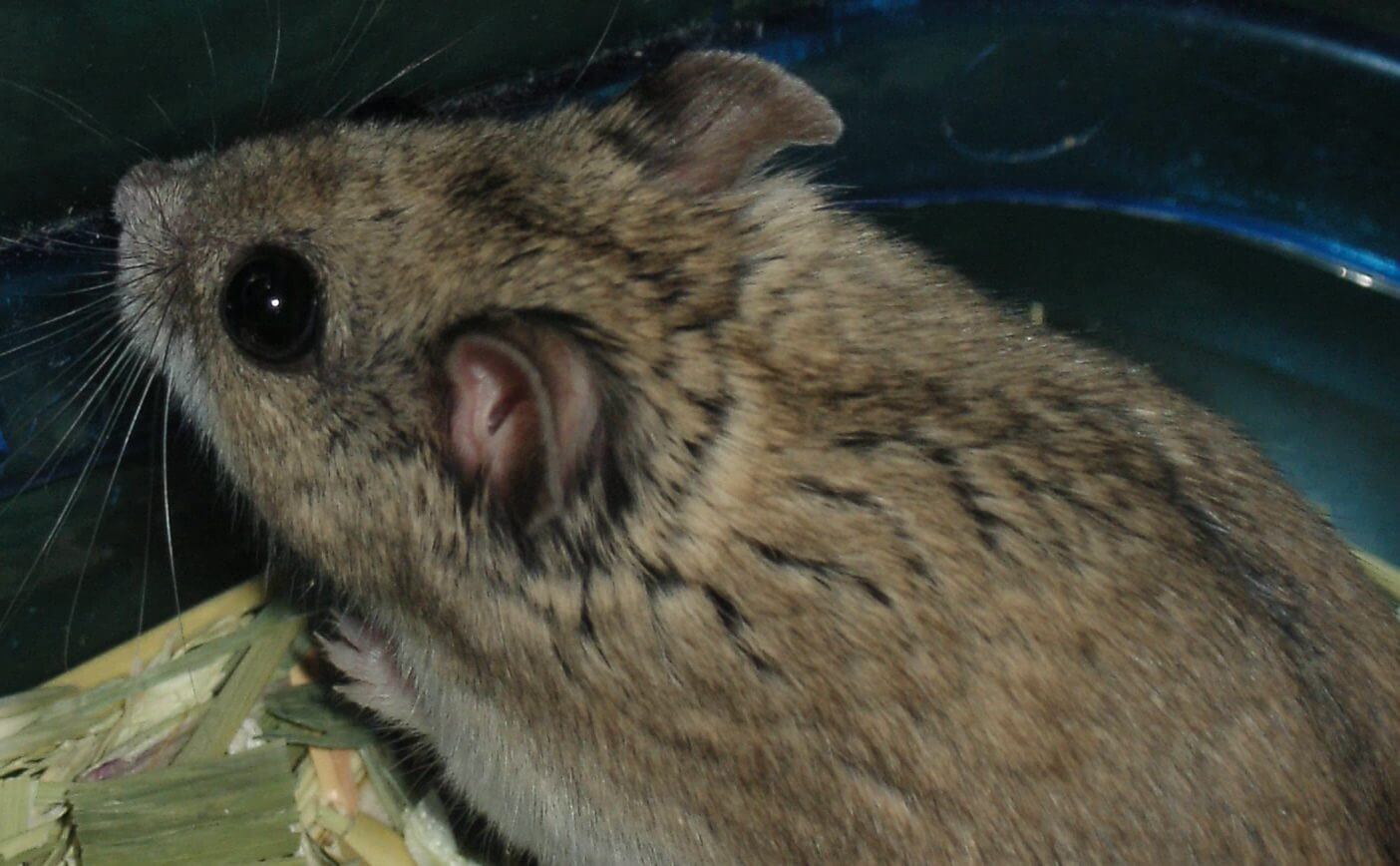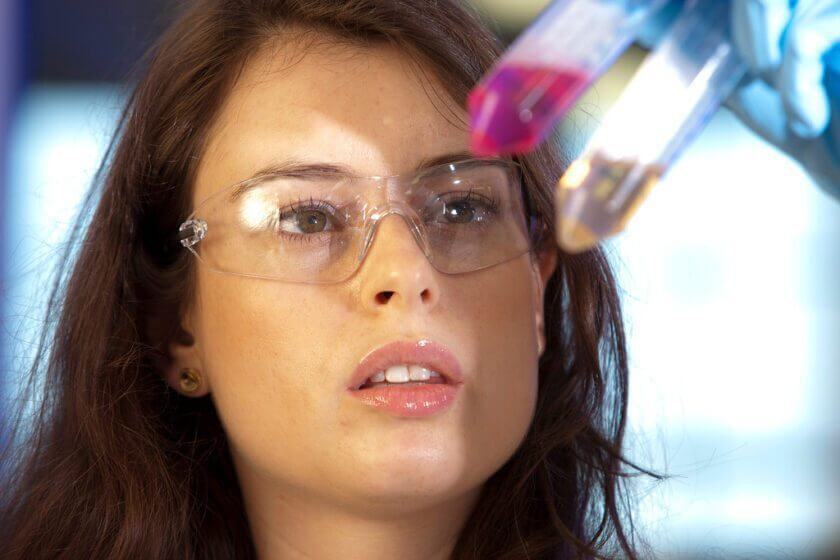Chinese hamster ovary (CHO) cells are commonly used in the pharmaceutical industry for the production of therapeutic proteins. There are several reasons for this:
- Protein production: CHO cells have the ability to produce complex proteins with post-translational modifications similar to human cells. They can correctly fold and assemble proteins, ensuring their biological activity.
- Safety: CHO cells have a long history of safe use in producing therapeutic proteins. Their use reduces the risk of contamination from human pathogens and viruses that could be present in other mammalian cell lines.
- Scalability: CHO cells can be easily grown in large quantities in bioreactors, making them suitable for large-scale production of pharmaceuticals.
- Regulatory approval: CHO cells have been extensively studied and their use has been approved by regulatory authorities such as the U.S. Food and Drug Administration (FDA) and the European Medicines Agency (EMA). This makes the regulatory approval process smoother for pharmaceutical companies.
It is important to note that while CHO cells are widely used, other cell lines such as human embryonic kidney (HEK) cells and insect cells (baculovirus expression system) are also utilized in the pharmaceutical industry for protein production. The choice of cell line depends on factors such as the nature of the protein being produced, production requirements, and regulatory considerations.




